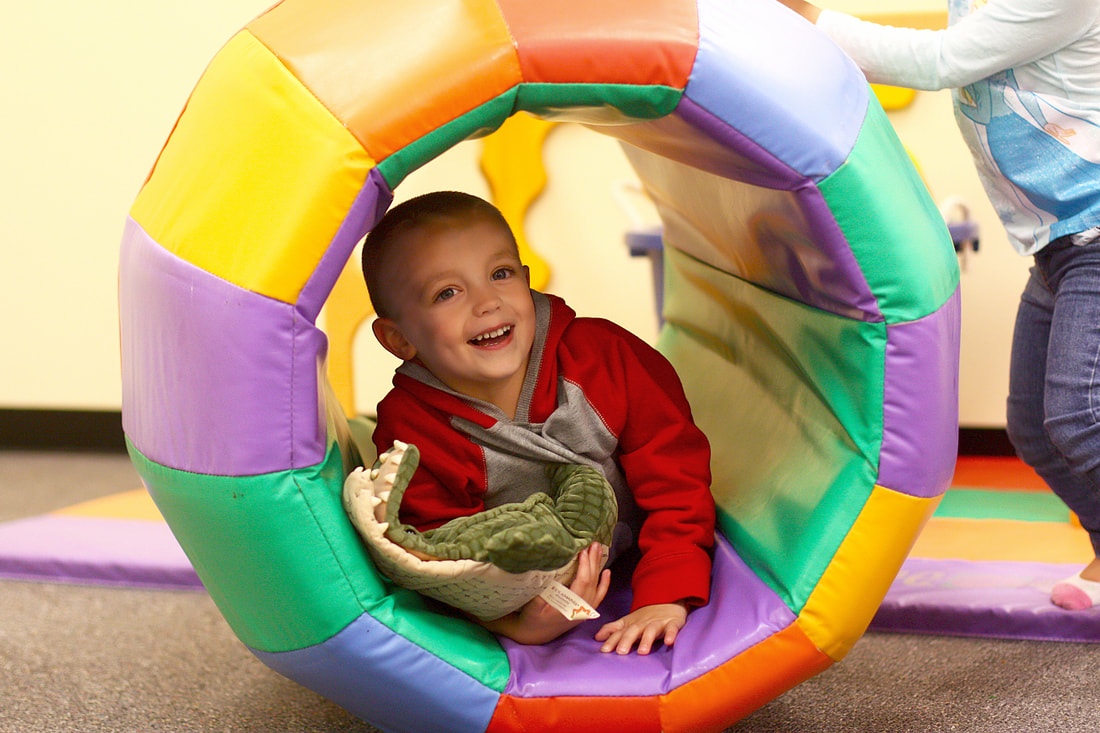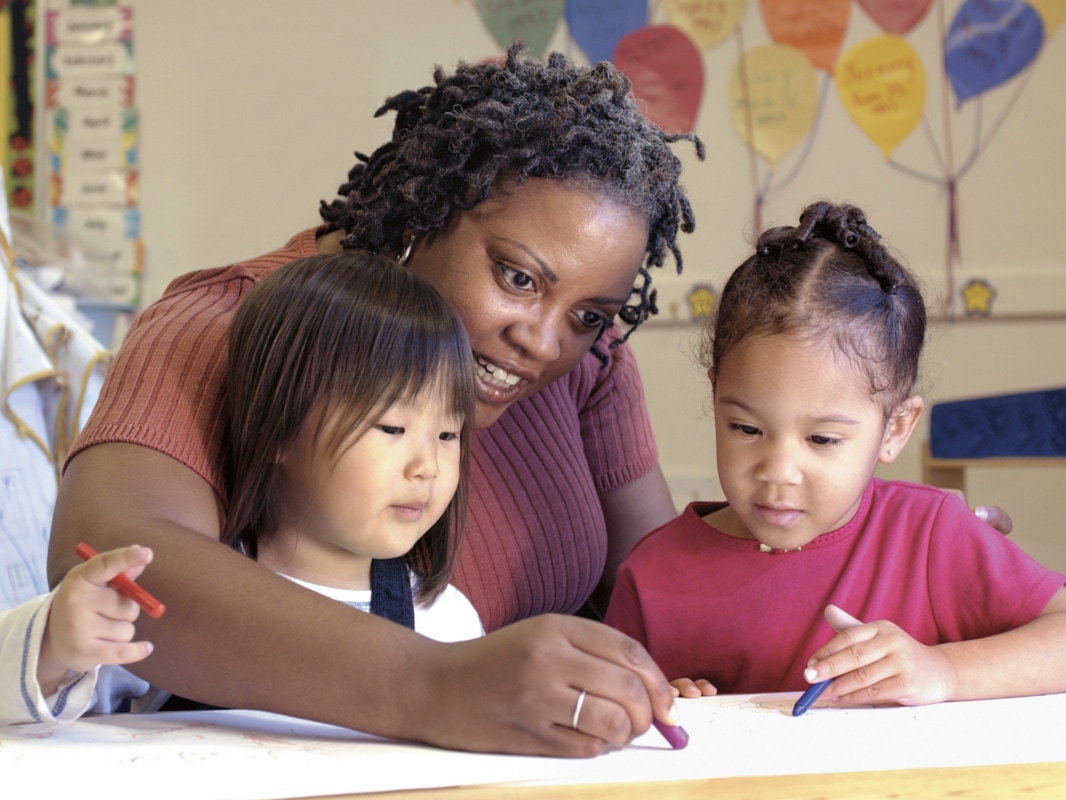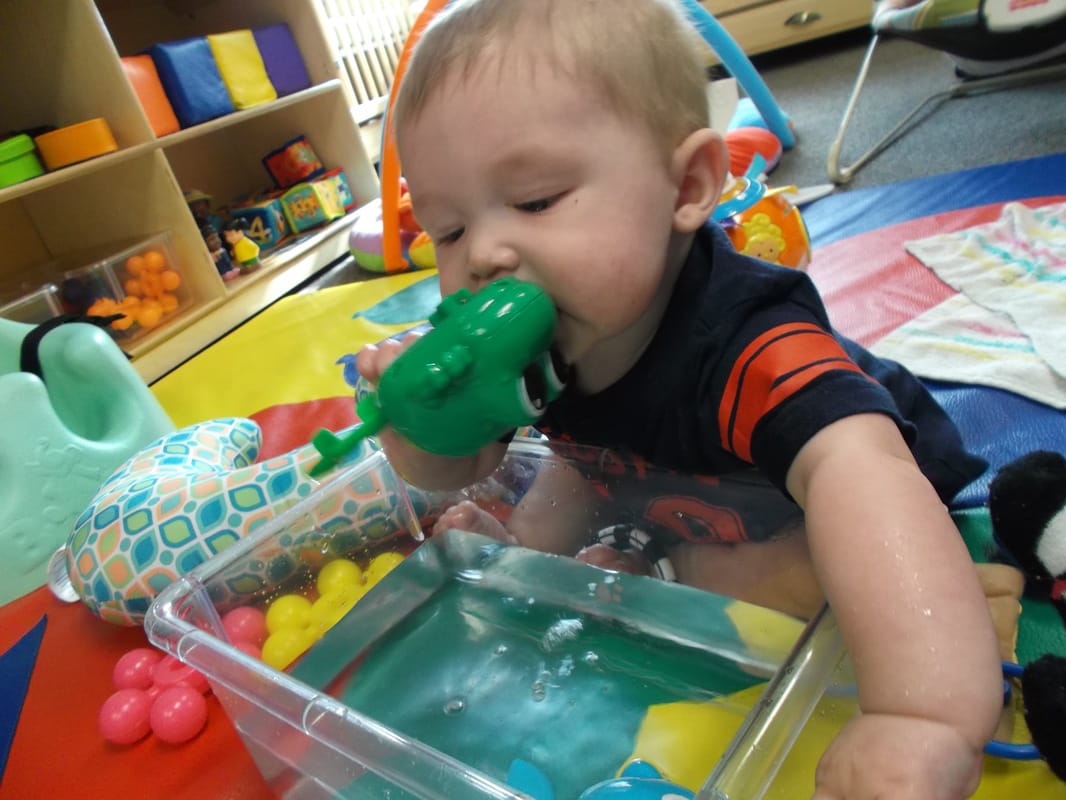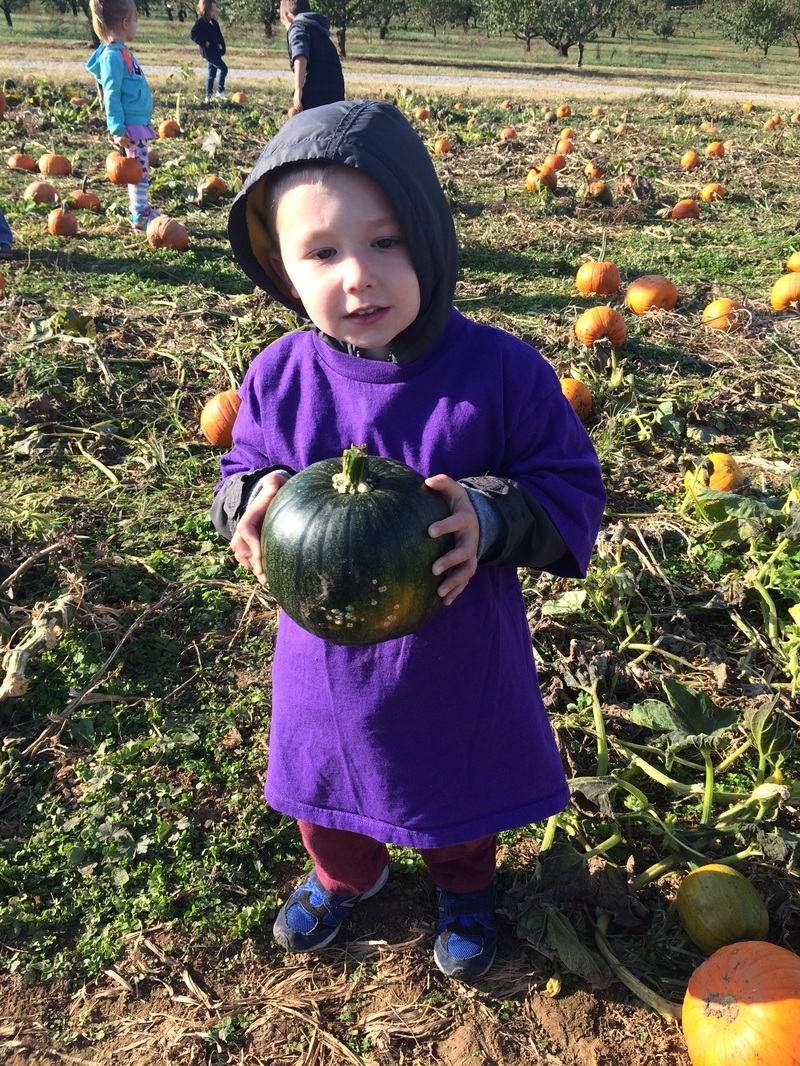|
There are times when teachers are implementing positive guidance techniques in the classroom and challenging behaviors still occur. In these situations, it becomes essential for the teachers to become skilled observers in the classroom. The same way that an investigative reporter tries to find out the answer to a mystery, a teacher must investigate what happens in the classroom.
The reason that teachers want to solve these mysteries is to help the children in their care. Teachers want to help their students learn to be a part of the classroom community and work together with others. In order to do this, early childhood educators must work hard to be problem-solvers.
0 Comments
Once the foundations of classroom guidance are established, it is important to establish a positive classroom in order to guide the children’s behavior. Early childhood educators can establish positive behaviors in several ways:
Creating a positive classroom environment makes the children feel safe and loved during the day, but a positive environment also allows the classroom teacher to enjoy the environment as well. Early childhood educators get the wonderful privilege of spending their days with active, imaginative young children. The work day can be exciting; however, it can be overwhelming for preschool teachers to interact with twenty preschoolers in the early childhood classroom at one time. Even with the energy and movement in a room full of preschoolers, a talented early childhood educator can use a selection of strategies to guide the behavior of the children in order to have a productive day of learning.
Before the teacher ever addresses the behavior of an individual child, he or she should have several foundational principles established in the classroom.
These four strategies are a great starting place for each preschool teacher to guide the behavior of the children in the classroom. Young children learn about math and science each day during typical conversations. They see shapes in their natural environment like the stop signs on the street. They decide if they want more or less. These normal conversations introduce new vocabulary and concepts before children enter kindergarten. With an increased emphasis on STEM skills (science, technology, engineering, and mathematics) in elementary and secondary education, the caregivers of preschoolers are extremely interested on how math and science concepts can be implemented in the preschool classroom. Early childhood mathematics should not look like children memorizing numbers or answering simple equations; however, there are key pre-math skills that all children should learn to be ready for school.
Children learn mathematical skills in the classroom by play and exploration. This means that one of the most important jobs of the early childhood educator is to make sure that there are a variety of math materials for the children to use during play time. Children also learn math concepts through conversation and song. Teachers need to dedicate time each day to having conversations with the children while they play. During play time, the educator can include simple math questions into the conversation like “How many bears are sitting on the block?” Teachers can also use simple songs to include math concepts in daily conversations. Starting at a very young age, children need to understand that all people are different and our differences make us unique. To help children understand cultural differences, classroom teachers can do several things:
Whichever of these suggestions the classroom uses, it is important to remember that the underlying classroom theme is to be kind to one another despite our differences. It is essential to respect one another’s differences, and it is just as crucial to appreciate the ways that we are all the same. The block center is an essential area for the early childhood classroom. The block area includes soft blocks and Duplos in the toddler classroom or wooden blocks, Lincoln Logs, and Legos in the preschool classroom. The block center is often one of the busiest centers in the early childhood classroom. Children love to come to the block center to build towers and then watch what happens as each block falls to the ground. In the midst of all the activity, children are learning more than you can imagine.
When early childhood educators design their classroom environment, the block area should provide enough space for several children to play together and offer multiple types of blocks with which children can interact. The sand table and water table can be two of the most popular areas of the classroom for the children, but it is important to remember that these areas are essential to the classroom for higher-level learning. Even when teachers are frustrated because of the mess that these areas create (and when parents are frustrated that children come home with sand in their shoes), it is important to remember all of the benefits:
How do teachers encourage sand and water play in the classroom?
The term self-regulation is receiving a lot of attention from the educational community. Self-regulation is the ability for children to calm their emotions once they become angry, aggressive, sad, or overly excited. As many preschool programs focus more on academic skills, more children seem to be struggling with the ability to calm down after experiencing intense emotional experiences. When children are asked to sit still and focus longer than is developmentally appropriate, teachers can see a strong social/emotional response. Self-regulation is an essential skill for school readiness. If children are able to exhibit self-control and regulate their own emotions, then they will be more prepared to pay attention to academic curriculum. Students who come to kindergarten without control of their emotions will have more difficulty learning reading and math curriculum. They may lose valuable classroom time trying to identify their feelings and calm down after becoming emotional. These children will also struggle with their own confidence, self-control, and emotional stability.
Teachers and parents can easily identify children lacking these skills. Some of the most common signs include:
Early childhood educators can help children learn to regulate their emotions. This will help children be more prepared for Kindergarten, and it will also help children feel more confident and secure. Here are some strategies that can help children develop self-control over their emotions:
All early childhood educators need to help young children develop control over their emotions so that they are emotionally prepared for continuing their education. Social and emotional development is a foundation of the early childhood classroom and should be a top priority for educators as they plan their classroom goals! Young children learn through play. They explore and experiment in play. They act out situations they see in daily life, and they problem solve in play. Although most play occurs indoors, it is essential for young children to have outdoor play as well. There are significant benefits for each young child.
Unfortunately, children are often prevented from playing outdoors due to unsafe neighborhoods, television, video games, or busy family life with multiple appointments. Young children in quality childcare programs should have daily opportunities each to play outdoors, but these opportunities may be taken away because of rigorous academic requirements. Sometimes the early childhood educators do not take the children outside due to their own lack of energy or because they are not properly dressed for the weather. These obstacles do not benefit the children, and it is essential for all early childhood professionals to advocate for outdoor playtime! Since children often become restless and unfocused without outdoor play time, it benefits the teachers and the students to utilize the outdoor environment each day. Many families are interested in teaching their children skills in science, technology, engineering, and mathematics. This new focus on STEM education in our schools begins as young as preschool and continues through higher education. At the secondary education level, the desire is to educate and train children to obtain jobs in prestigious and high-earning career fields. Early childhood educators begin this process with young children by helping them learn to think scientifically. Teachers must help children learn how to problem-solve. Early childhood educators can not help children develop problem-solving skills by continuously giving them directions and having them follow step-by-step procedures. Parents and educators must find ways to encourage children to ask questions and to predict answers in order to create scientific thinkers. Parents and teachers can encourage preschoolers to use higher order thinking skills we these simple strategies:
These three strategies can make a huge impact on a child’s ability to problem-solve. Every preschool classroom should have a variety of science materials available to the children, but if the children are not trained to problem-solve, the scientific materials will not make a huge impact. Teaching a child to imagine, explore, and predict will have the greatest impact on creating future scientists! |
AuthorDr. Sarah Vanover has been working in the field of early childhood education for over 22 years and has had the opportunity to be a teacher, a director, and a trainer for other early childhood educators. She has a passion for making sure that children with special needs receive high-quality early care and education. Archives
September 2017
Categories |










 RSS Feed
RSS Feed